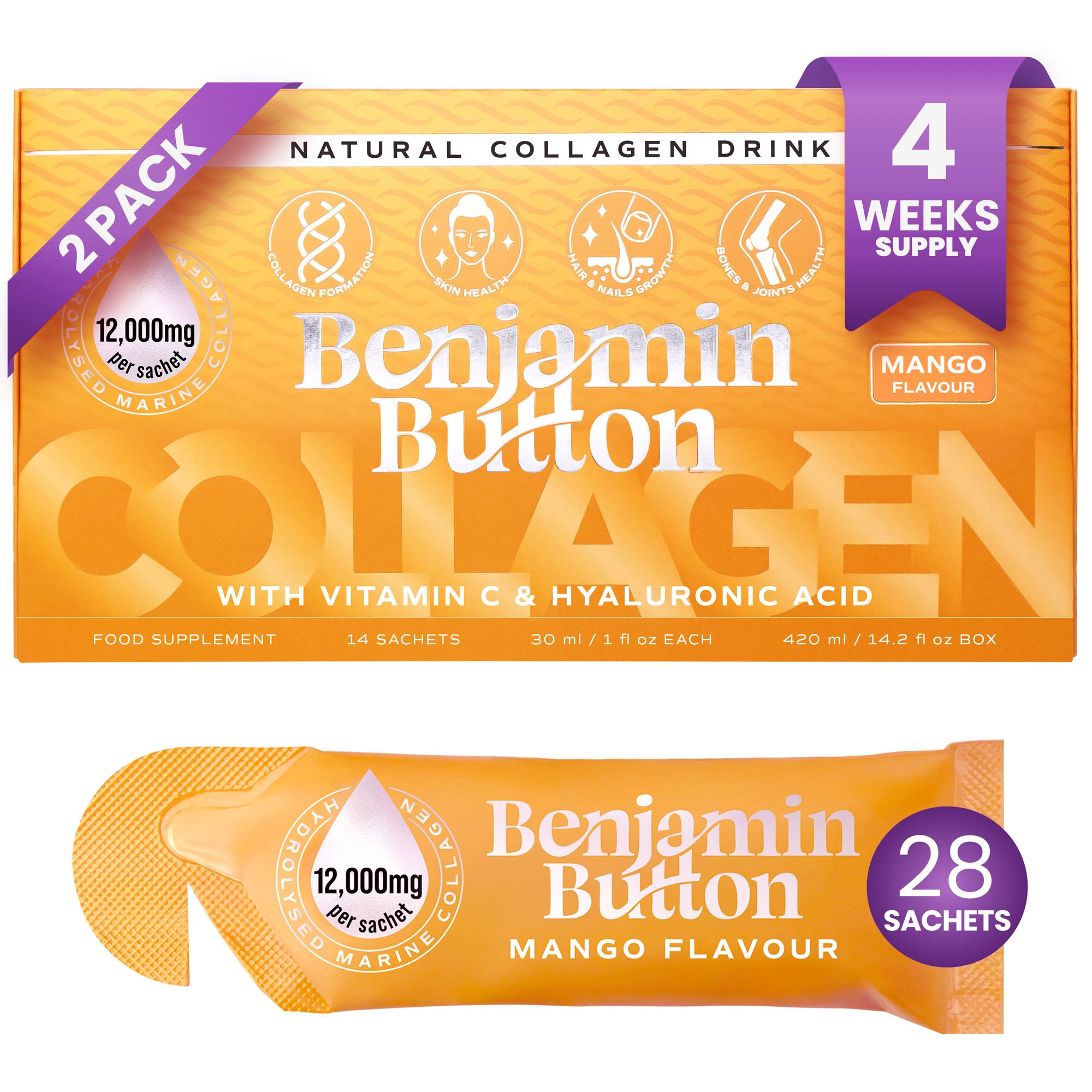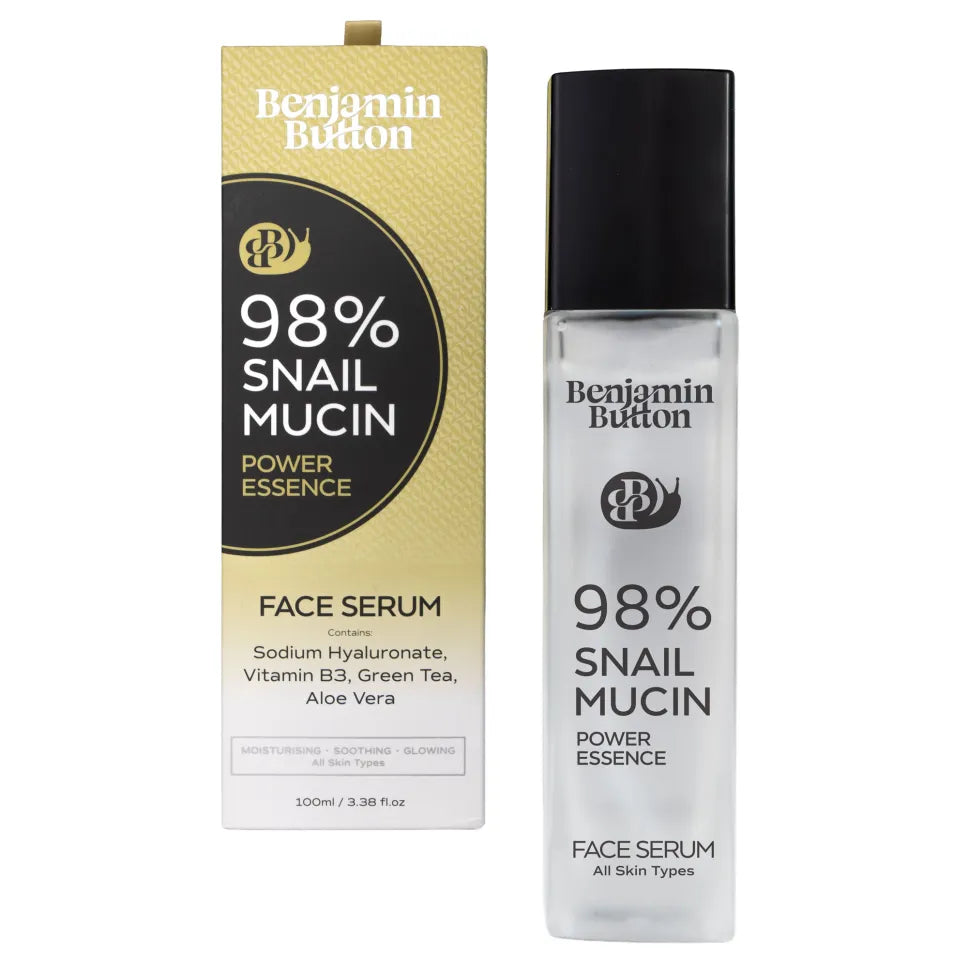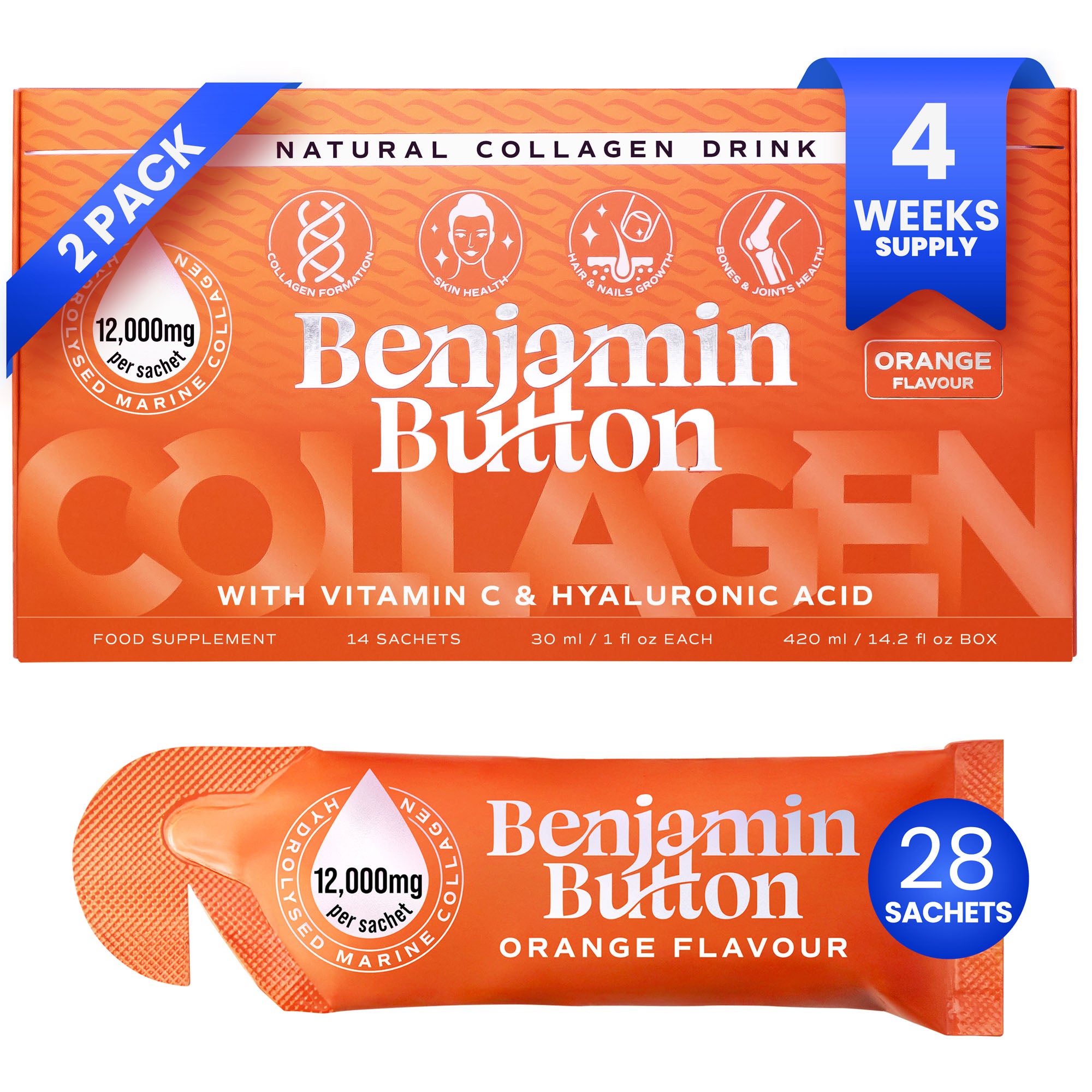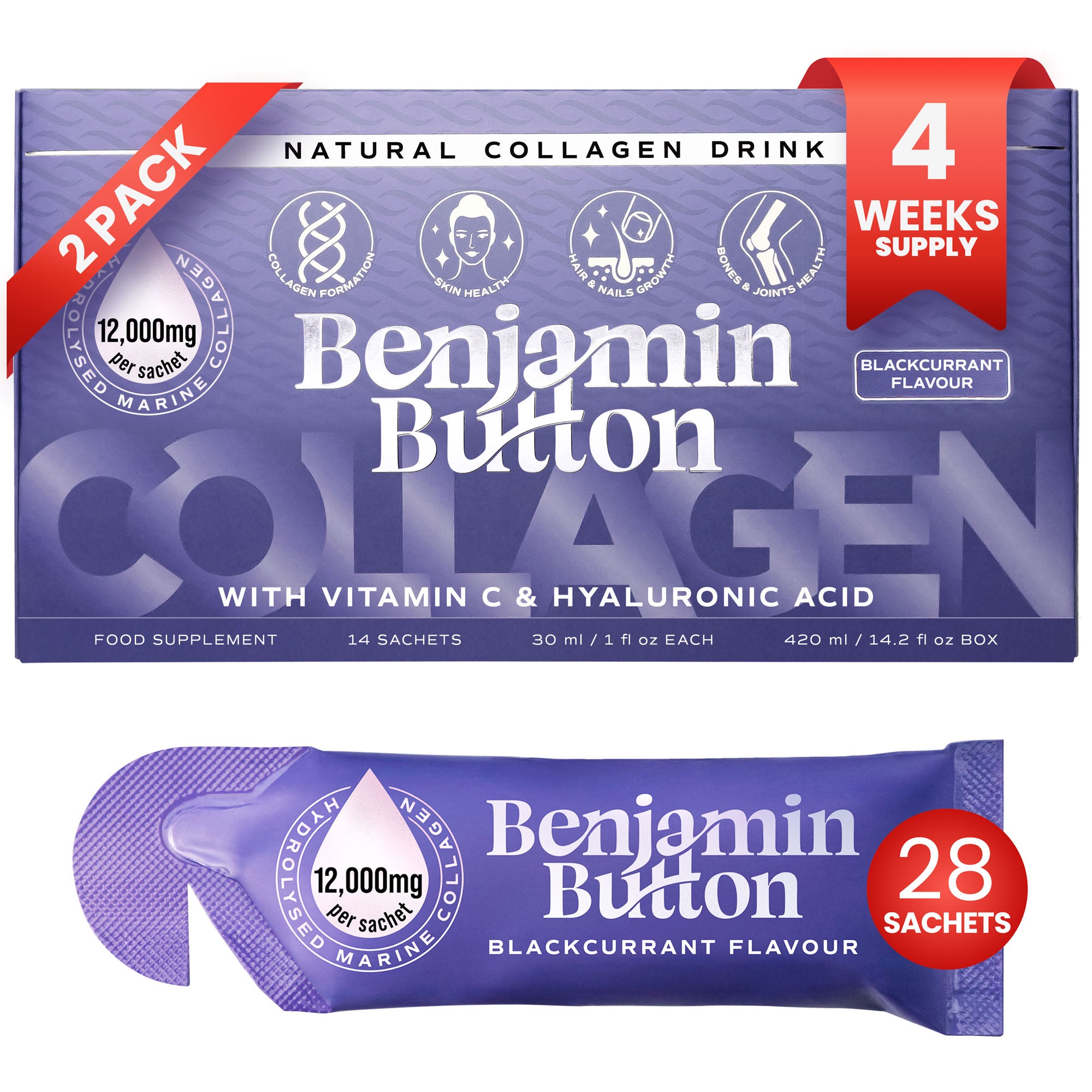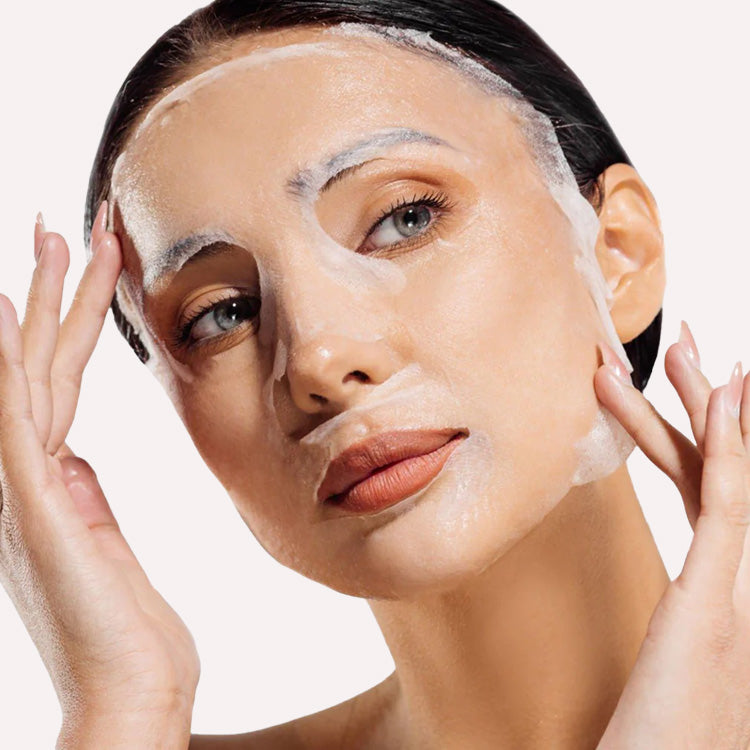The Incident Unfolds
In a bizarre turn of events that left the local community both shocked and concerned, a Cork resident faced a harrowing experience that required 45 stitches following an accident with a window. This incident has sparked a discussion regarding safety in the home and the consequences of sleepwalking.Understanding Sleepwalking and Its Risks
Sleepwalking, or somnambulism, is a phenomenon that affects a significant number of people, particularly children. It occurs when an individual walks or performs other complex behaviours while still in a state of sleep. Unfortunately, during episodes of sleepwalking, individuals are often unaware of their surroundings, leading to risks that can result in injury.Three Major Benefits of Awareness and Prevention
It is essential to understand the significance of increasing awareness around sleepwalking incidents. This not only helps individuals manage their experiences but serves as a preventative measure for similar accidents.- Increased Safety: By being informed about sleepwalking, both the affected individuals and their families can implement safety measures within the home to prevent injuries.
- Better Support: Understanding sleepwalking can lead to more compassionate responses from family members, helping those who experience it feel less embarrassed and more supported.
- Effective Treatment: Awareness can facilitate discussions about possible treatments for sleepwalking, ensuring individuals create a plan with their medical professionals to manage their condition.
Evaluating Product Effectiveness for Sleepwalkers
For those concerned about sleepwalking, certain interventions might assist in managing symptoms. Solutions vary depending on the severity of the condition, and research indicates that products aimed at sleep quality can aid sleepwalkers. Studies have shown that improved sleep hygiene practices, including the use of sleep aids and smart home products to enhance safety, can mitigate incidents. For instance, sleepwear designed specifically to prevent injuries can provide an extra layer of security for sleepwalkers.Preparation: Steps Before Using Sleep Products
Before introducing any products to address sleepwalking, it is crucial to take certain preparatory steps:- Consultation with a Specialist: Seek advice from a medical professional to understand the root cause of sleepwalking before selecting products.
- Cleansing the Sleep Environment: Assess and declutter the sleeping area to eliminate hazards that could lead to injuries during sleepwalking episodes.
- Patch Testing Products: If a new sleep product contains topical ingredients, patch test it on a small area of skin to ensure there are no allergic reactions.
Practical Tips for Safe Sleepwalking Management
Here are three practical tips that can help individuals manage sleepwalking more effectively:- Set Boundaries: Use barriers or gates to limit access to areas that could pose risks, such as staircases or sharp objects.
- Maintain a Regular Sleep Schedule: Practice consistent sleep patterns to improve overall sleep quality, reducing the chances of sleepwalking episodes.
- Create a Safe Sleep Environment: Consider installing soft lighting and ensuring all windows and doors are secure, reducing the risks associated with wandering.
Crowd Reviews and Customer Experiences
Customer feedback on sleepwalking products can provide valuable insights into their effectiveness and safety. Many users highlight the importance of choosing products specifically designed for sleepwalkers. Reviews from trusted sources reveal a mixture of experiences: - Some users reported higher quality sleep and fewer incidents when using specific sleepwear with protective features. - Others noted that while the product was beneficial, it did not completely eliminate sleepwalking but rather reduced the severity of injuries sustained. While product ratings vary greatly, the importance of sharing experiences remains critical in guiding others within the community.Reported Reactions and Who Should Avoid Certain Products
Although sleep products significantly aid many individuals, it is crucial to remain vigilant regarding potential side effects:- Skin Irritation: Some individuals have reported irritation from synthetic materials found in sleep aids or sleepwear.
- Allergic Reactions: Those with sensitivities to specific fabrics or ingredients should avoid products that could trigger allergies.
- Medical Conditions: Individuals with certain medical conditions should consult with healthcare providers before trying new sleep products to ensure safety.
Competing Products: A Comparison
When seeking solutions for sleepwalking, several products compete in the market, each boasting unique features:- Safe Sleep Bands: These wearable devices provide alerts when a person begins to move during sleep, potentially reducing incidents through warnings given to caregivers.
- Memory Foam Mattresses: Offering contours that provide support, these mattresses are designed to improve overall sleep quality and reduce the body's tendency to move during the night.
- Smart Home Systems: Equipped with sensors, these systems can automatically lock doors and windows at night, ensuring safety from accidental exits during sleepwalking episodes.
In conclusion, the unfortunate incident involving the Cork resident serves as a reminder of the importance of awareness regarding sleepwalking. By understanding the risks, preparing adequately, and utilising practical tips along with the right products, it is possible to significantly minimise the dangers associated with sleepwalking while ensuring restful and safe nights.











